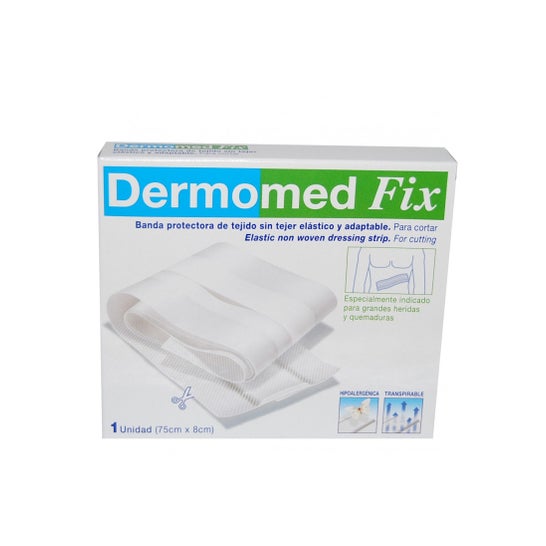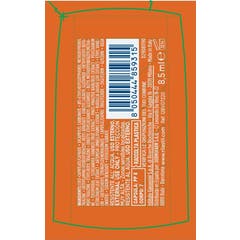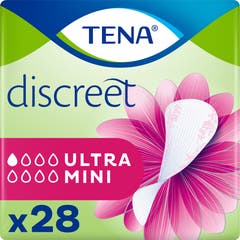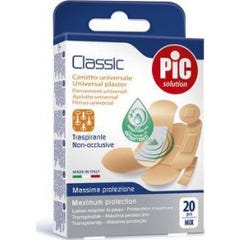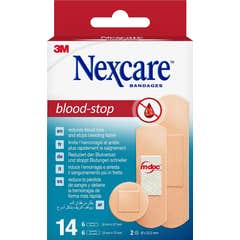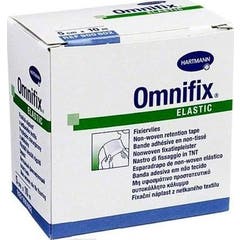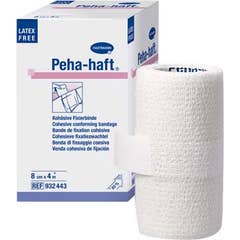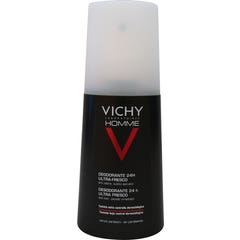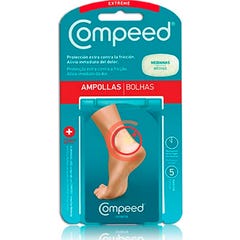Dressings should not be missing from the first aid kit. However, these are usually gauzes that are designed to treat small wounds. In cases where it is necessary to protect a larger wound or a burn on the chest, abdomen or back, dressings should be used to cover the wound and protect it from infection.
When it comes to a larger and more serious wound, Dermomed Fix adhesive dressings are the solution. It is a continuous strip with sterile gauze 75 cm long x 8 cm wide that can be cut to the required size. The dressing is made of an elastic material, so that it will fold or extend as the patient moves and without detaching.
This adhesive dressing is made of non-woven polyester. It is a hypoallergenic and breathable material, which will help to keep the wound dry and can absorb any liquid it releases.
